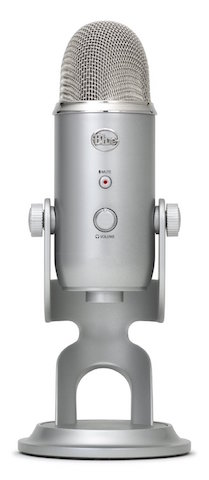 The Blue Yeti isn’t the biggest microphone I’ve ever come across, but let’s face it—it’s pretty darn large and you’re not going to be able to overlook it if it’s on your desk.
The Blue Yeti isn’t the biggest microphone I’ve ever come across, but let’s face it—it’s pretty darn large and you’re not going to be able to overlook it if it’s on your desk.
The contents of the Yeti are quite simple. Along with the mic, there’s a removable stand, a mini-USB cable, and an instruction booklet that contains a lot of graphics that look like they were lifted from a children’s book.
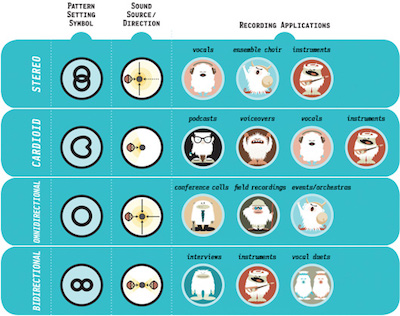
Regardless of its size, it’s a good-looking and solid microphone. With the included yoke-mount stand, it weighs about 1 kg. The stand is a 7-inch-tall piece of nearly solid metal. The weight definitely keeps the mic from tipping over, and features an axle upon which the mic can pivot up and down.
The class compliant device was a breeze to setup. It was immediately recognized and ready to use when plugged into either a Windows or Mac machine.
The Techie Details
Unlike the M-Audio Producer USB Microphone I reviewed last month, the Yeti provides all the controls you need right on the microphone.
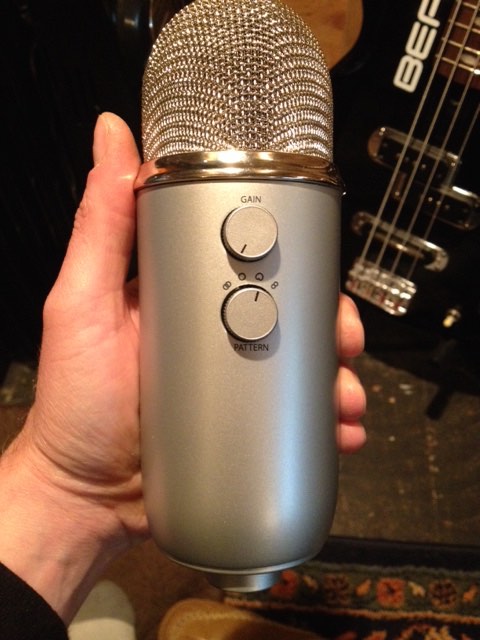 The front of the microphone has a mute button and a volume knob that controls the headphone volume levels. The bottom of the mic sports a mini-USB port (the same one found on many digital cameras), an ⅛” stereo mini-jack for headphones and a threaded receptacle for mounting the mic on a standard microphone stand. The back of the microphone has a mic gain knob as well as a microphone pickup pattern selector (Cardiod, Bidirectional, Omnidirectional and Stereo).
The front of the microphone has a mute button and a volume knob that controls the headphone volume levels. The bottom of the mic sports a mini-USB port (the same one found on many digital cameras), an ⅛” stereo mini-jack for headphones and a threaded receptacle for mounting the mic on a standard microphone stand. The back of the microphone has a mic gain knob as well as a microphone pickup pattern selector (Cardiod, Bidirectional, Omnidirectional and Stereo).
This version of the Yeti is limited to a recording bit depth of 16-bits and a sample rate choice of either 44.1 or 48 kHz. Higher bit-depths and sample rates are available on the Yeti Pro.
Flexibility: Blue-Style
The multi-pattern options of the Yeti are what really caught my attention. USB or not, the inclusion of Cardiod, Omni, Figure 8 AND stereo make this mic quite the Swiss Army Knife in any collection. It’s not that selectable patterns are a new thing on condenser microphones, it’s just that you typically don’t get stereo as an option. Cardiod, Omni and “Figure 8” can all be accomplished by the interaction of two capsules mounted back-to-back.
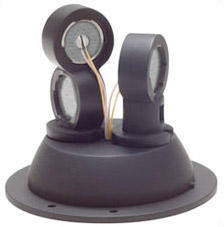 The inclusion of stereo in the mix of pattern options explains why the microphone is so large. The Yeti uses three 14mm capsules – two mounted in an XY pattern facing the front and one facing the back of the microphone. After reading this on the Blue Microphone site, I have to admit, I was tempted to get my tools out to take the microphone apart to find out how they did it. Seeing as I have to return the microphone to Best Buy after this review, I thought better of this temptation and decided to do a bit of research.
The inclusion of stereo in the mix of pattern options explains why the microphone is so large. The Yeti uses three 14mm capsules – two mounted in an XY pattern facing the front and one facing the back of the microphone. After reading this on the Blue Microphone site, I have to admit, I was tempted to get my tools out to take the microphone apart to find out how they did it. Seeing as I have to return the microphone to Best Buy after this review, I thought better of this temptation and decided to do a bit of research.
My friend Matt McGlynn runs a fantastic resource for unbiased (and endless microphone geekness) news, views and reviews on microphones at Recordinghacks.com. He and his team had already taken a Yeti a part and have a picture of how the capsules are mounted under the microphone grill.
Using the Microphone
Of course, the meat of a microphone review is how it sounds. Consistent with many of the other reviews out there, I was impressed by the performance of this microphone. I’ve posted a mini-shootout where I demonstrate the sound of the Yeti as it compares to the Audio Technica AT2020 and the ADK Vienna MkII.
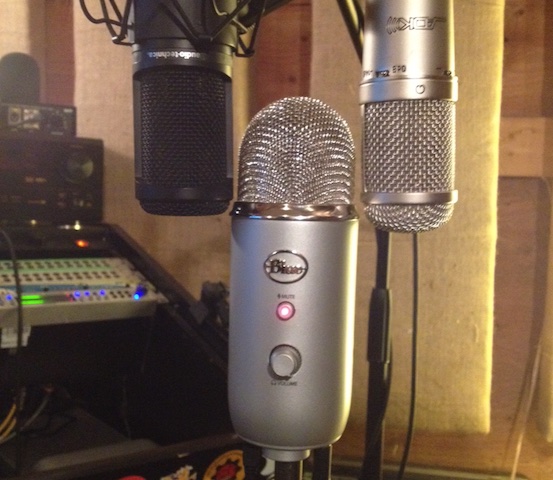
When the Yeti was in cardiod mode, the differences were subtle, but to my ears, I perceived a touch more presence – somewhere in the 4k range – when compared to the other microphones. I didn’t do any exhaustive testing, but I didn’t perceive any glaring/unacceptable artifacts or noise from the microphone itself. The slight boost in presence would most likely be desirable for vocals and spoken word applications such as podcasting or interviews.
A USB microphone is essentially a microphone and audio interface bundled together. Besides an uncoloured, clean sound, the most important spec with external bus-based (USB or Firewire) audio interfaces is audio latency – the delay resulting from the round trip of the real-world audio and the audio signal fed back from the computer.
With a 128 sample buffer set, the Yeti had a reported 10.1 ms latency – which is on the edge of acceptable for tracking. If you’re hearing both the direct zero-latency feed and the audio processed from the computer at the same time, that sounds like cheap slap-back echo. In the real world, you’d most likely be using the zero-latency feed to monitor the microphone input rather than the audio fed back from the computer.
Nitpicks – Scraping the Bottom
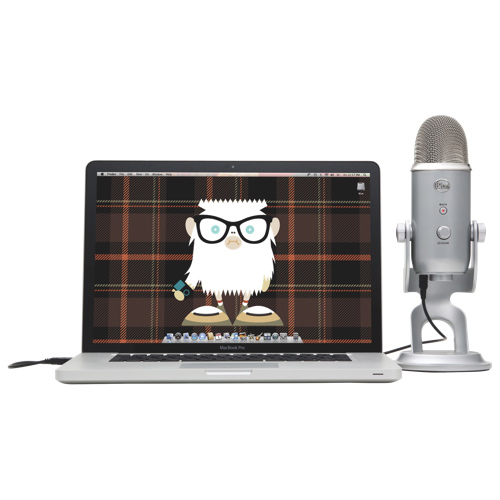 The size of the microphone doesn’t necessarily make it impossible to transport and use outside of a studio, but it also doesn’t exactly scream “portability”.
The size of the microphone doesn’t necessarily make it impossible to transport and use outside of a studio, but it also doesn’t exactly scream “portability”.
My main beef I have with this microphone is the limitation of 16-bit audio. For podcasts or getting ideas down, this will be fine, but the vast majority of digital recording has abandoned the CD-quality limitations of 16-bits for the higher dynamic headroom bit-depth of 24-bits or higher. It’s not that you won’t get a good sound from a 16-bit recording, but in this day and age, it seems like an arbitrary and unnecessary limitation to be putting on an otherwise fantastic microphone.
The only other thing that I’d complain about is the location of the microphone gain knob being on the back. I can live with the pattern selection being there, but when setting recording levels, having to reach around, fumble around trying to find the knob and then do the quick mental gymnastics to figure out which way to twist the knob is a bit of an inconvenience.
The preamp in the microphone had a very hot level coming out of it when the gain knob was at its lowest possible position. I didn’t find a need to push the level hotter, but rather wished that I could do the opposite. With that in mind, even though it can supposedly handle up to 120dB, I don’t think using the Yeti on any high-SPL (sound pressure level) sources such as electric guitar, drums or yelling kids would yield good results.
Conclusion
If you can get over the size, the Blue Yeti is a great microphone – probably the best USB mic I’ve come across yet. Yeti’s sound quality is quite good and holds its own when compared against other non-USB condenser microphones. For a USB microphone and for the price, it’s a fantastic product. The flexibility afforded by the multiple pickup pattern selection is just pure frosting on the cake for a podcaster or budding recordist.
Check it out at Best Buy or order it online. Best Buy has a very customer-friendly return policy if you’re unhappy with your purchase. Go ahead – give it a shot!

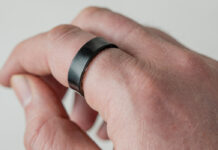


I .. love … microphone shootouts too!
Comments are closed.